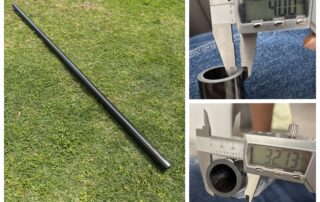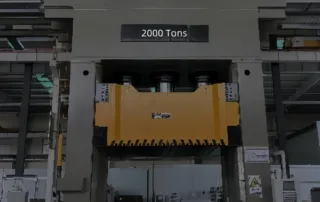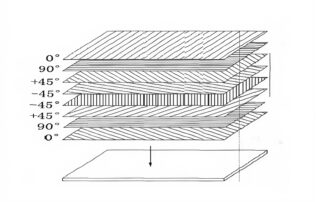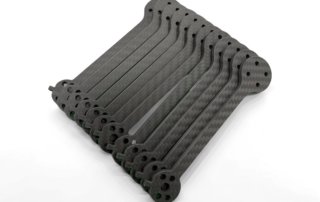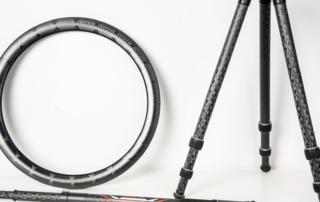Carbon Fiber Selection Guide: Key Considerations for Optimal Performance
Choosing the wrong carbon fiber can increase costs by 40% and cause project failure. This carbon fiber selection guide reveals how aerospace, automotive & robotics engineers select optimal materials . Composition: >90% [...]


